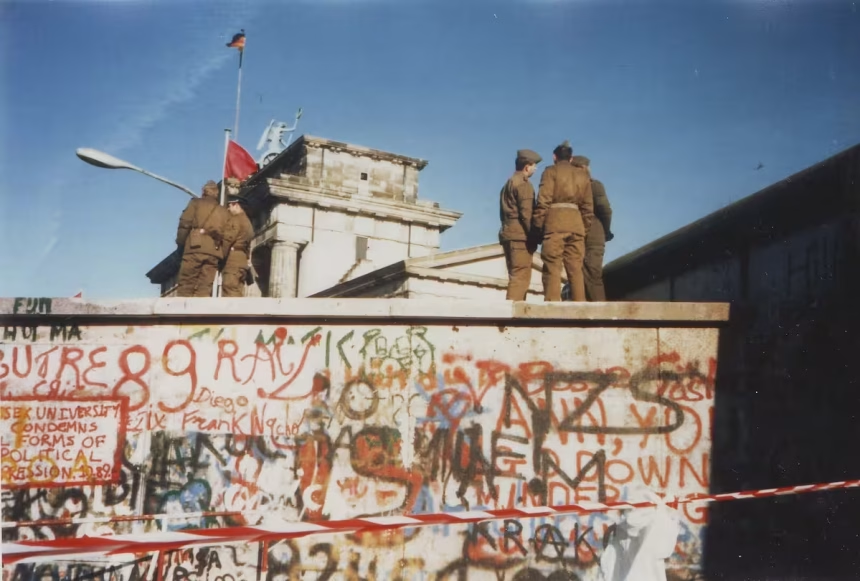5 Key Facts About the Berlin Wall
It divided a city, a country, and Europe while becoming a global symbol of the Cold War. Here are five essential facts about the Berliner Mauer.

It divided a city, a country, and Europe while becoming a global symbol of the Cold War. Here are five essential facts about the Berliner Mauer.

